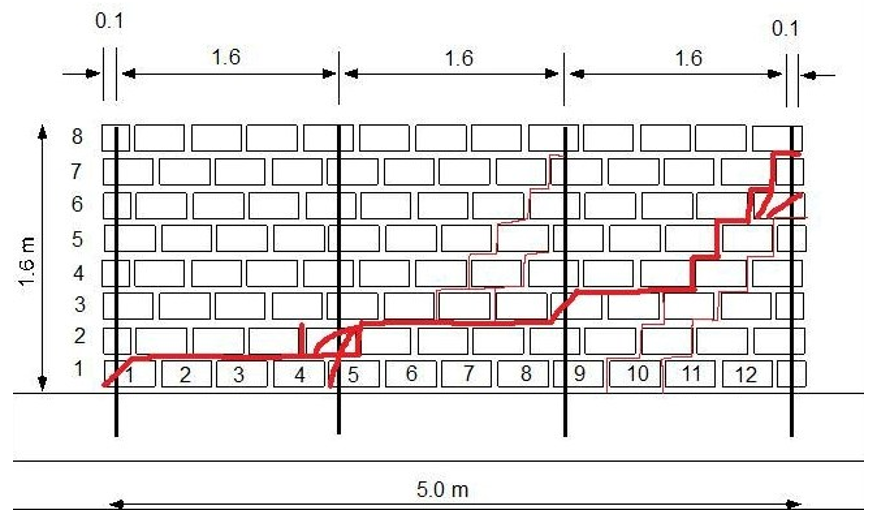G. Shrive1, A.W. Page2, G. Simundic3, M. Dhanasekar4
- Killam Memorial Professor, Department of Civil Engineering, University of Calgary, Calgary, Alberta, T2N 1N4, Canada, ngshrive@ucalgary.ca
- Professor Emeritus, Department of Civil and Environmental Engineering, University of Newcastle, Callaghan, New South Wales 2308, Australia, Adrian.page@newcastle.edu.au
- Laboratory Manager, Department of Civil and Environmental Engineering, University of Newcastle, Callaghan, New South Wales 2308, Australia, goran.simundic@newcastle.edu.au
- Professor, Faculty of Built Environment and Engineering, Queensland University of Technology, Brisbane, Queensland 4001, Australia, m.dhanasekar@qut.edu.au
ABSTRACT
In both Canada and Australia, partially grouted concrete block masonry is permitted. The widest distance allowed between reinforcing bars is 2.0 m in the Australian code and 2.4 m in the Canadian. There appears to be no literature describing the in-plane shear behaviour of squat walls with such widely spaced reinforcement. Three 5 m long, by 1.6 m high concrete block walls were subjected to in-plane lateral loading at the top of one end of each wall. The walls were wide spaced reinforced vertically and had a one-course bond beam along their tops. One wall had vertical reinforcement at the ends and at 0.8 m centres, the second at 1.2 m centres and the third with the reinforcement at 1.6 m centres. Thus there were six sections of hollow blockwork in the first wall, four in the second and three in the third. Thus these walls all conformed to reinforcement spacing allowed in the Canadian and Australian masonry codes. With no vertical load, the walls were subjected to in-plane shear loading to failure. The question examined was whether the plain masonry panels (with hollow cores) between the grouted and reinforced cores would act independently or compositely under this loading. The expectation was that the more widely spaced the reinforcement, the greater would be the tendency for independent action of the panels. Wall construction and testing is described, together with the failure modes and strengths observed. Actual strengths are substantially lower than those predicted by code equations.
KEYWORDS: In-plane Shear, Partially grouted masonry, Wide-spaced reinforcement.
A2-4



